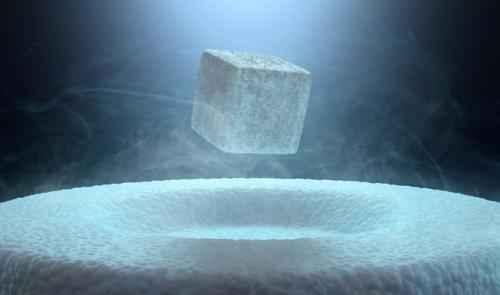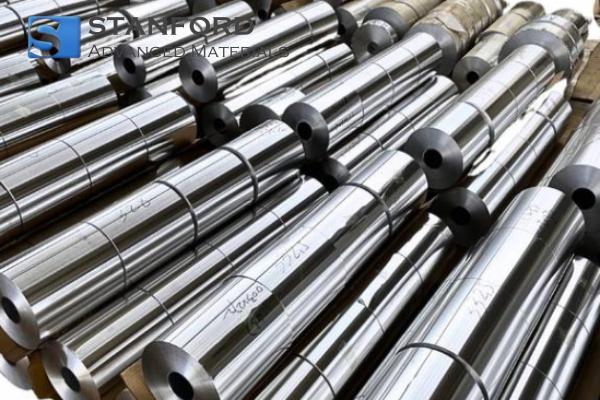List Of Low Temperature Superconducting Material
Introduction
Low temperature superconducting materials are defined by a critical temperature (Tc) below 30 K. They operate at temperatures achieved with liquid helium. This group includes metals, alloys and compounds, each of which is employed in specific technical applications. In this article, we present measured material properties and verified application data.

Low Temperature Superconducting Metals
Niobium (Nb) is a primary example in this category. It is processed into thin-film materials for low current devices. Superconducting niobium rods, prepared in the beta-phase, exhibit a Tc exceeding 9 K. Research data confirm its use in reducing electrical resistance in components.
Advances in Superconducting Alloys
The development of low temperature superconductors began with the NbZr alloy. It was subsequently replaced by the NbTi alloy. NbTi accounts for approximately 95 % of these superconducting alloys. Its improved superconducting performance and processability enable its use in traditional metal fabrication and in multicore composite processing, as verified by production data.

Focus on Compounds
Key compounds in this field include NbN, Nb3Sn and V3Ga. NbN exhibits a Tc of 16 K and is frequently processed as a thin film because of its stability. Nb3Sn, with a Tc of 18.1 K, is used in high-field magnet systems despite its brittleness. V3Ga shows a Tc of 16.8 K and has been employed in controlled fusion devices.
Applications in Various Fields
Low temperature superconductors have been incorporated in numerous applications. NbTi is used in high energy physics accelerators, in magnetic plasma confinement systems, in superconducting motors and in MRI machines. Nb3Sn is utilised for small high-field magnets and for magnetically controlled fusion apparatus. Data on performance and reliability guide material selection in these areas.
Challenges and Future Prospects
These materials require operation at liquid helium temperatures; consequently, operating costs remain high. Ongoing research in materials science focuses on increasing the critical temperature and lowering operational costs. Progress is measured by controlled experimental data and performance metrics.

Conclusion
Studies on low temperature superconducting materials have generated a range of applications in scientific, medical and defence sectors. Work under controlled laboratory conditions aims to raise Tc values and improve cost efficiency. Stanford Advanced Materials remains involved in material development and contributes verified data to this field. For further details, please visit Stanford Advanced Materials.

 Bars
Bars
 Beads & Spheres
Beads & Spheres
 Bolts & Nuts
Bolts & Nuts
 Crucibles
Crucibles
 Discs
Discs
 Fibers & Fabrics
Fibers & Fabrics
 Films
Films
 Flake
Flake
 Foams
Foams
 Foil
Foil
 Granules
Granules
 Honeycombs
Honeycombs
 Ink
Ink
 Laminate
Laminate
 Lumps
Lumps
 Meshes
Meshes
 Metallised Film
Metallised Film
 Plate
Plate
 Powders
Powders
 Rod
Rod
 Sheets
Sheets
 Single Crystals
Single Crystals
 Sputtering Target
Sputtering Target
 Tubes
Tubes
 Washer
Washer
 Wires
Wires
 Converters & Calculators
Converters & Calculators
 Write for Us
Write for Us


 Chin Trento
Chin Trento



